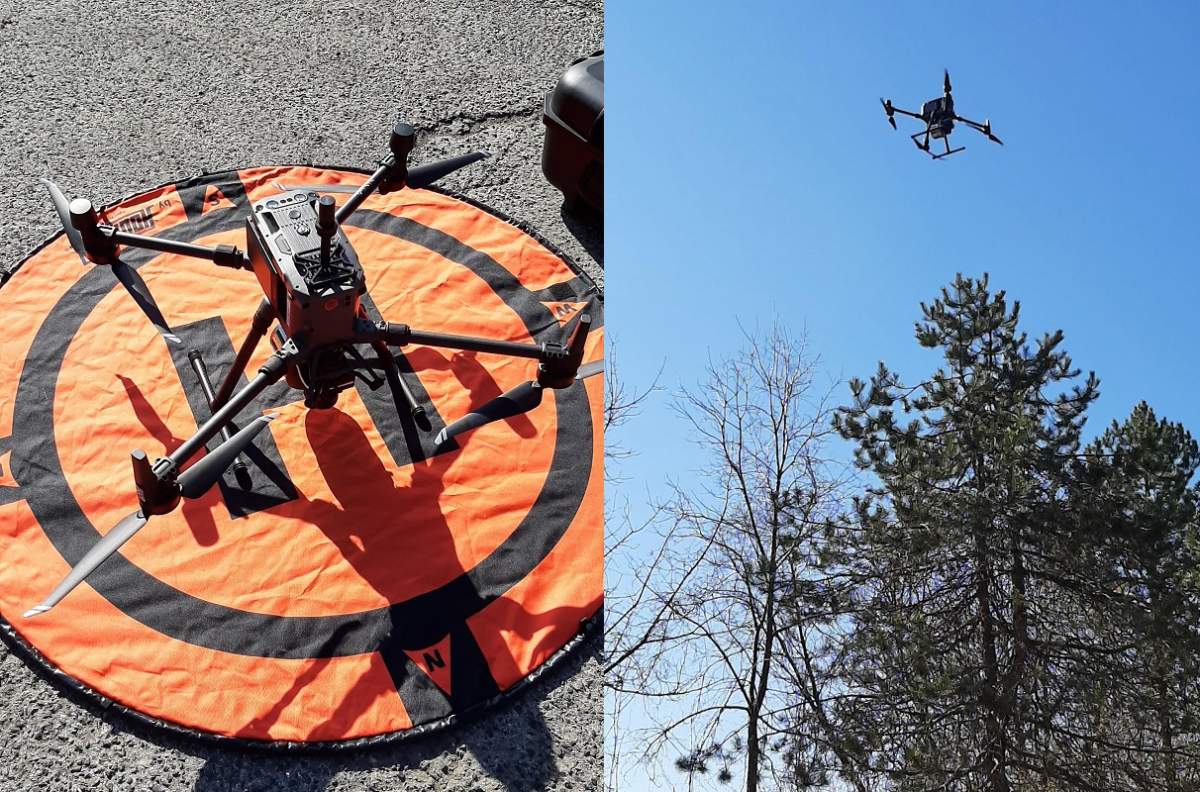The city has used a drone to carry out mapping work as it continues to plan for targeted dredging of Chedoke Creek.

Hamilton’s director of water, Andrew Grice, says the drone, using light in the form of pulsed lasers to measure distances, flew over Chedoke Creek, Princess Point and the eastern shoreline of Cootes Paradise on Friday morning.
Flying over top, Grice said the drone was able to “shoot the light down at the water surface, and then it can detect the distance from the drone to the material that it’s reading.”
“As it is going over Chedoke Creek,” said Grice, “it’s picking up kind of those high and low spots, so it’s giving you the water depth, but also the sedimentation depth.”
Grice added “that information will really help us in terms of focusing our targeted dredging, but it’s also data we can use as we make larger improvements to the Chedoke Creek watershed, from a naturalization perspective.”
Provincial orders, from Ontario’s Ministry of Environment, Conservation and Parks, require the city to carry out targeted dredging after 24 billion litres of sewage and untreated wastewater leaked into the creek from a combined sewer overflow (CSO) tank between 2014 and 2018.

Grice says the city is still waiting for the ministry to give final approval to its work plan for remediation, but he believes “we are very close to getting the green light to move forward.”
A report presented to city politicians in March showed that the city has spent more than $2 million in relation to the sewage spill.
Costs to date include $904,803 on studies — including storm sewer and CSO inspections, a Cootes Paradise environmental impact evaluation and a study to quantify the volume and contaminant loadings from the Main/King CSO Tank discharge.

Get daily National news
Another $817,819 has been spent on operations and outreach, including a surface water quality program, the creation of an enhanced facility inspection team, a CSO bypass notification website and educational video, a wastewater quality management system and a floatables study.
At least $111,000 has been spent on initial cleanup costs and more than $174,000 on legal fees.




Comments